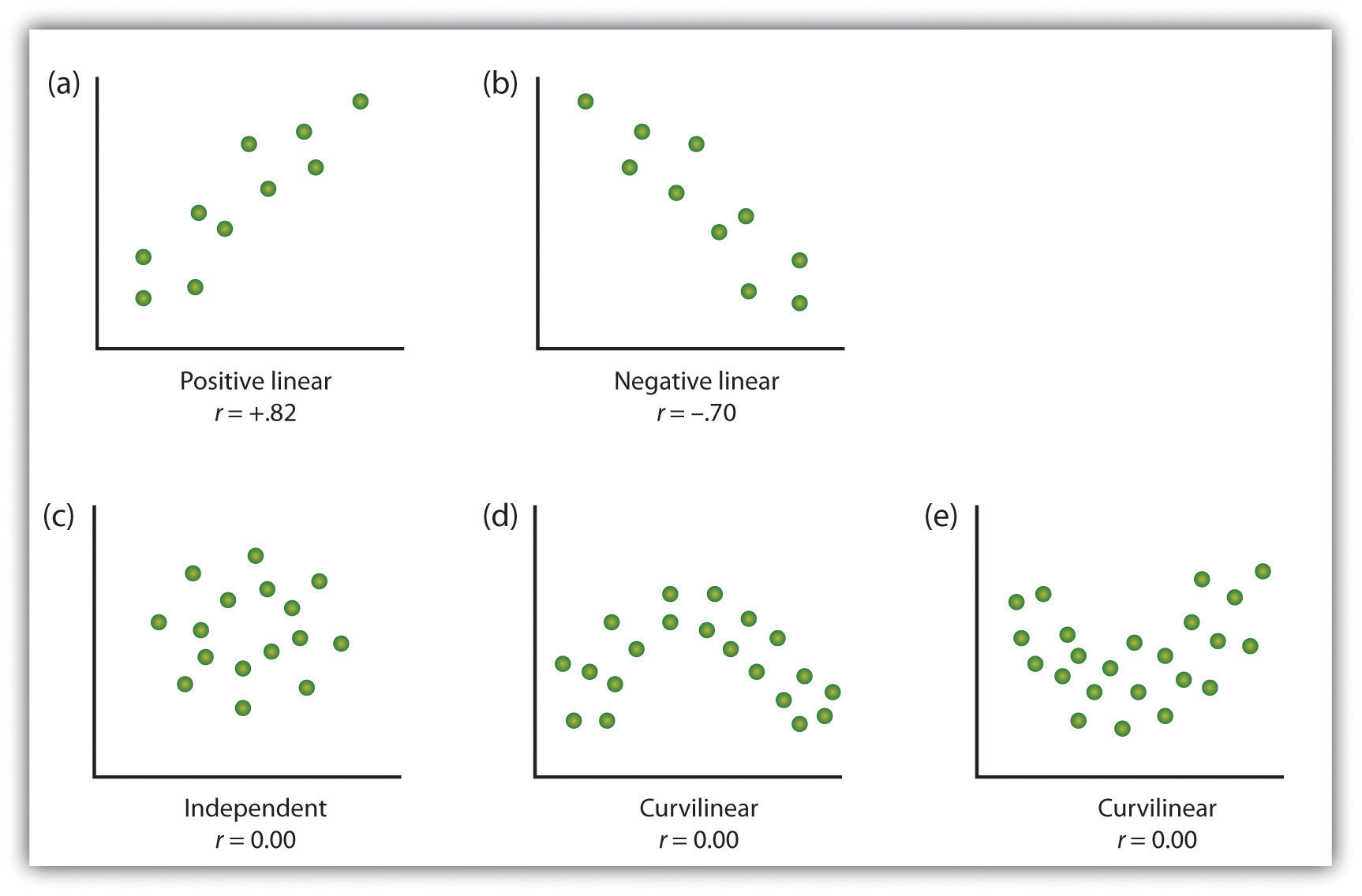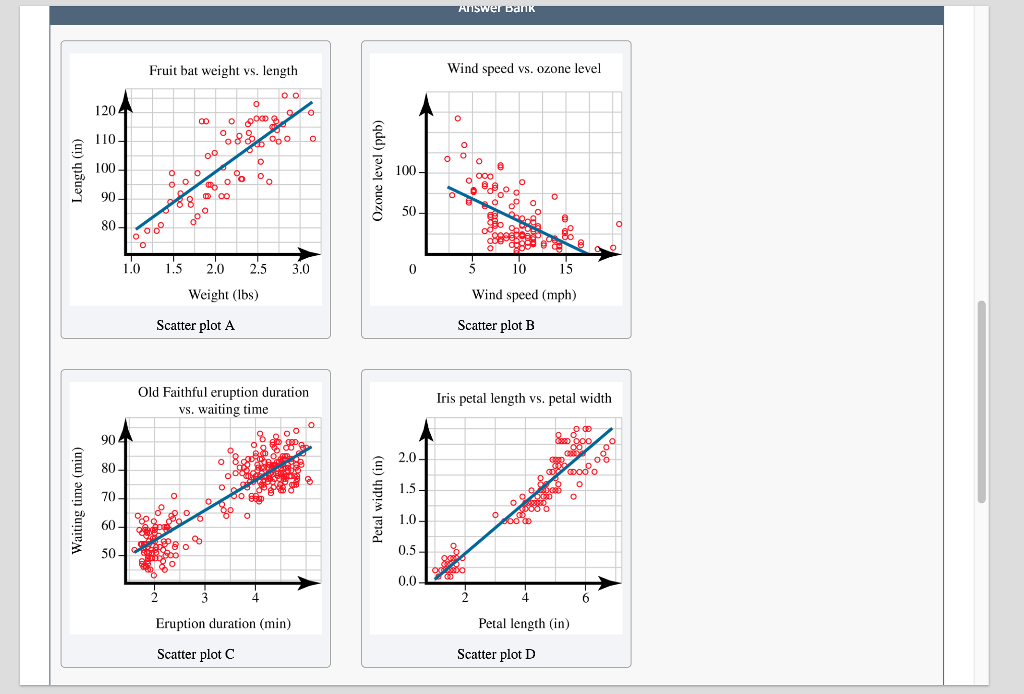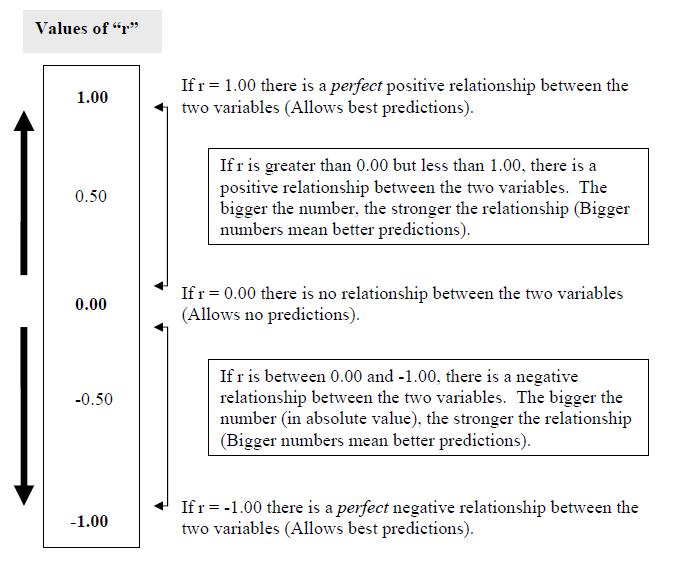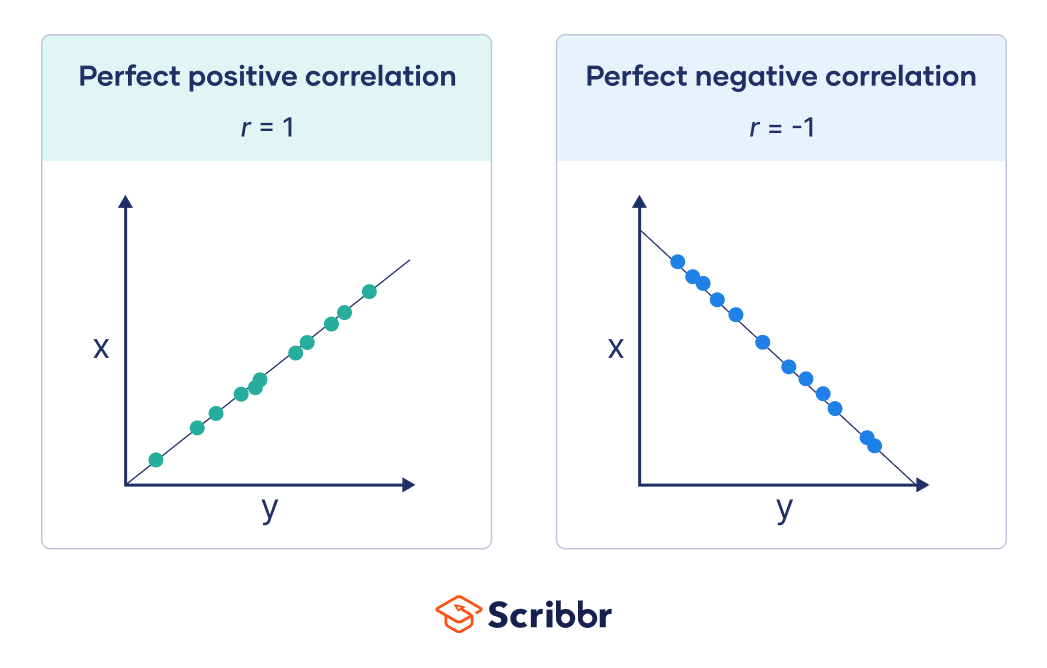Impressive Info About Can You Correlate Two Variables How To Get A Graph On Excel
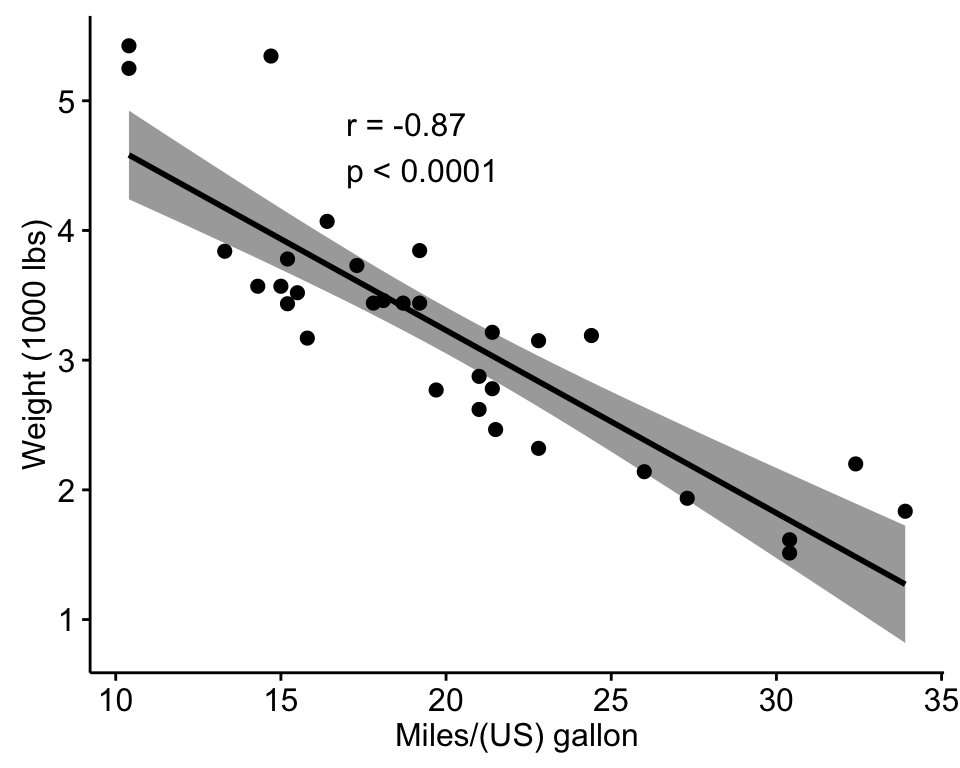
Just extract the relevant row/column from this matrix.
Can you correlate two variables. Mar 10, 2017 at 10:10. You can use cor(data.frame) which will give you a matrix of correlations between all variables. In a positive correlation as one variable increases, so does the other, whereas in a negative correlation.
Correlation is a statistical measure that indicates the strength of the relationship between two variables. One way to quantify the relationship between two variables is to use the pearson correlation coefficient, which is a measure of the linear association between two variables. You show its upper left entry.
To calculate the correlation between two ordinal scales you need polyserial correlation. If you apply.corr directly to your dataframe, it will return all pairwise correlations; Furthermore, combinations of highly variable core genes could also predict multiple antibiotic resistances (auroc >0.80) in large published datasets of e.
If your dataset has many variables, you might be interested to find out correlation between each combination of variables. At timepoint x it looks like these variables are dependent. Collectively, we propose that genes within the same genome can strongly correlate with each other.
6 examples of correlation in real life. However, correlation does not mean that the changes in one variable actually cause the changes in the other variable. I need a measure of correlation between the two variables, and pearson's r requires x and y to have equal dimension (at least r requires the two r.v.'s to be).
In statistics, correlation is a measure of the linear relationship between two variables. It should return you a 2x2 matrix; If you want to remove the variance that's explained by the independent variables from your dependent variables, you can use partial (or semipartial, depending on what you're really after) correlations, structural.
This can be done by calculating a matrix of the relationships between each pair of variables in the dataset. Correlation test is used to evaluate the association between two or more variables. If your correlation coefficient is based on sample data, you’ll need an inferential statistic if you want to generalize your results to the population.
A correlation coefficient is a bivariate statistic when it summarizes the relationship between two variables, and it’s a multivariate statistic when you have more than two variables. Yes this can indeed be the case. The techniques above such as scatter plot and pearson correlation show correlation between two variables.
That's why you then observe 1s at the diagonal of your matrix (each column is perfectly correlated with itself). Yes, it's always possible that on timepoint x, two independent variables can increase or decrease at the same time. A necessary (but insufficient) condition for independence is cov(x, y) = 0 c o v ( x, y) = 0 alternatively corr(x, y) = 0 c o r r ( x, y) = 0.
Popular answers (1) scot w mcnary. I would go with spearman rho and/or kendall tau for categorical (ordinal) variables. It does not.



:max_bytes(150000):strip_icc()/Correlation_coefficient-56a792873df78cf77297414e.png)
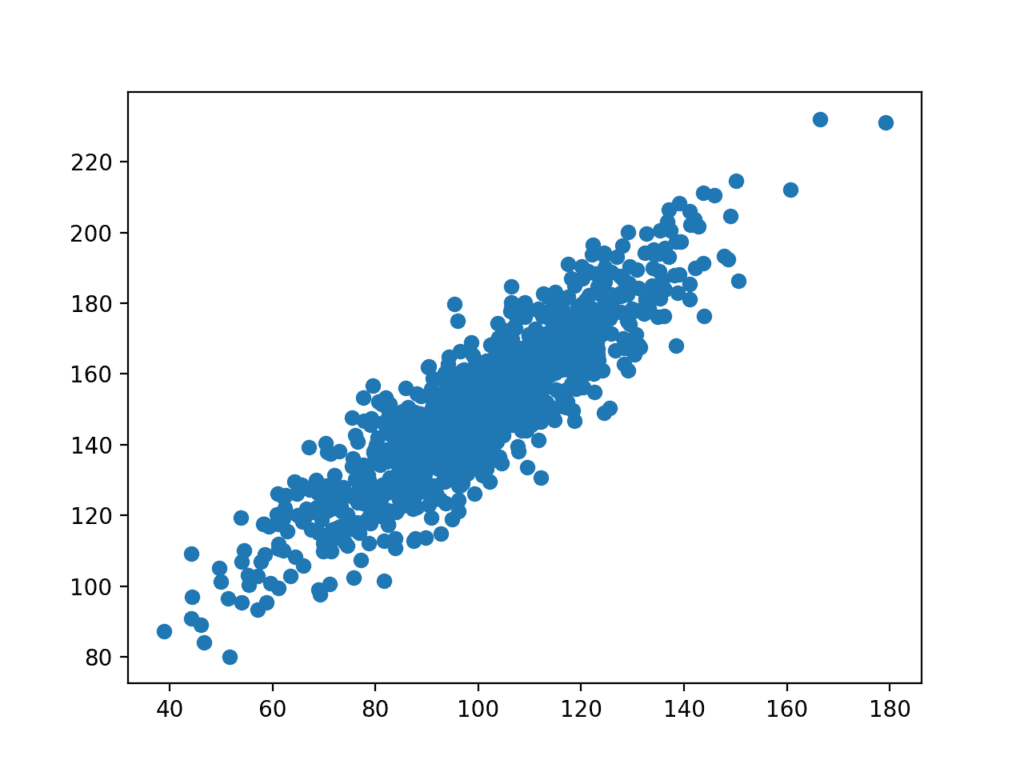

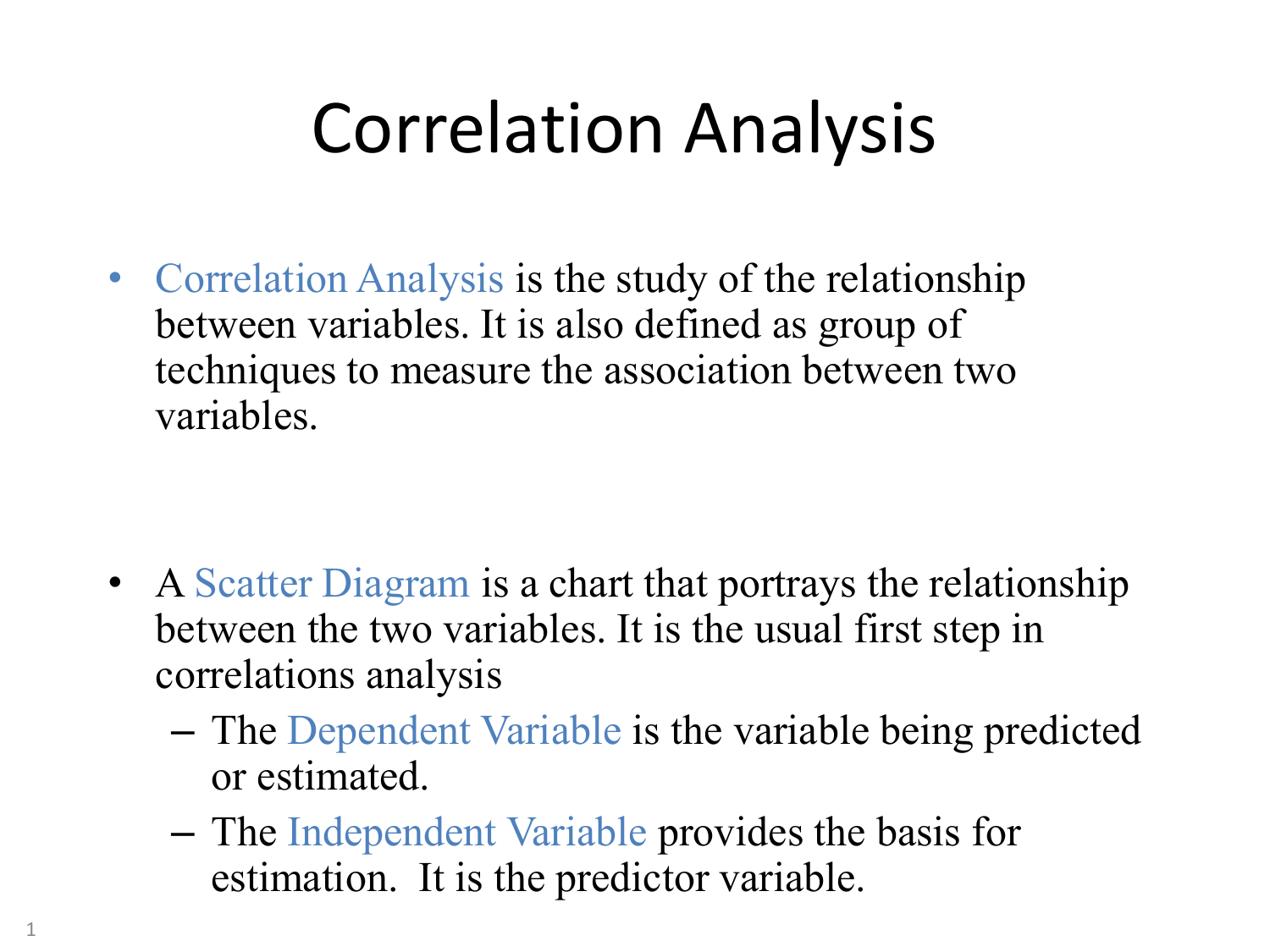



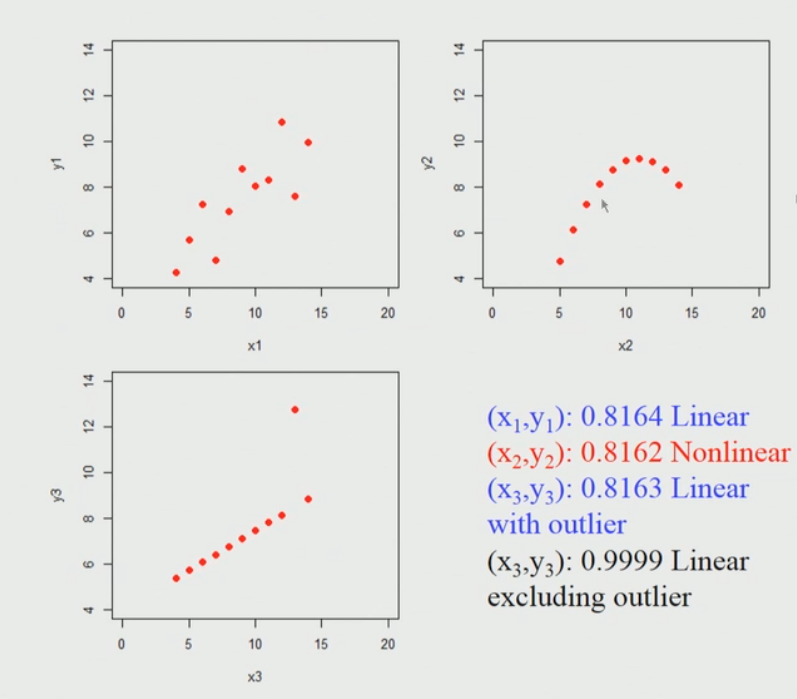

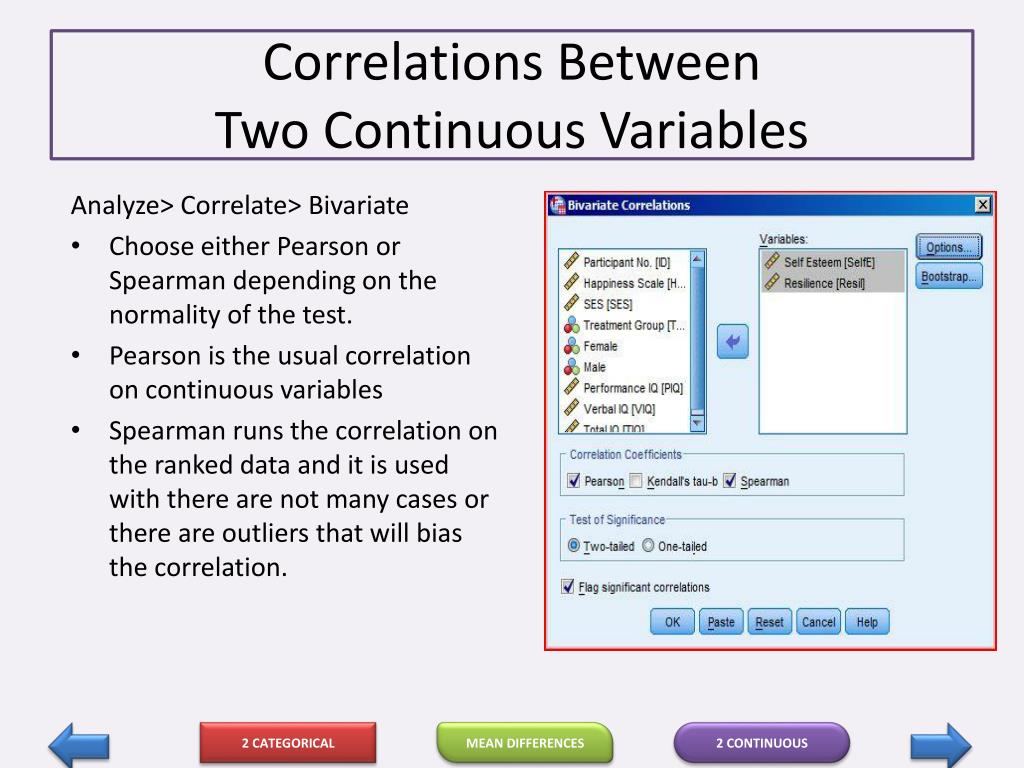

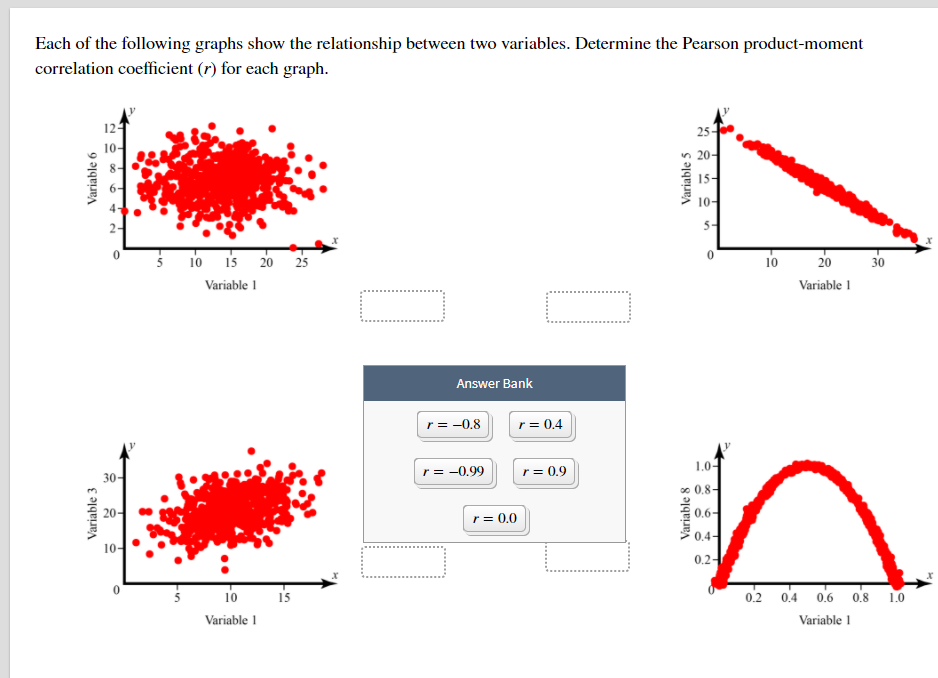
:max_bytes(150000):strip_icc()/correlation_defintion_-9d2d662781724d61af6d6322a2a294b5.jpg)
